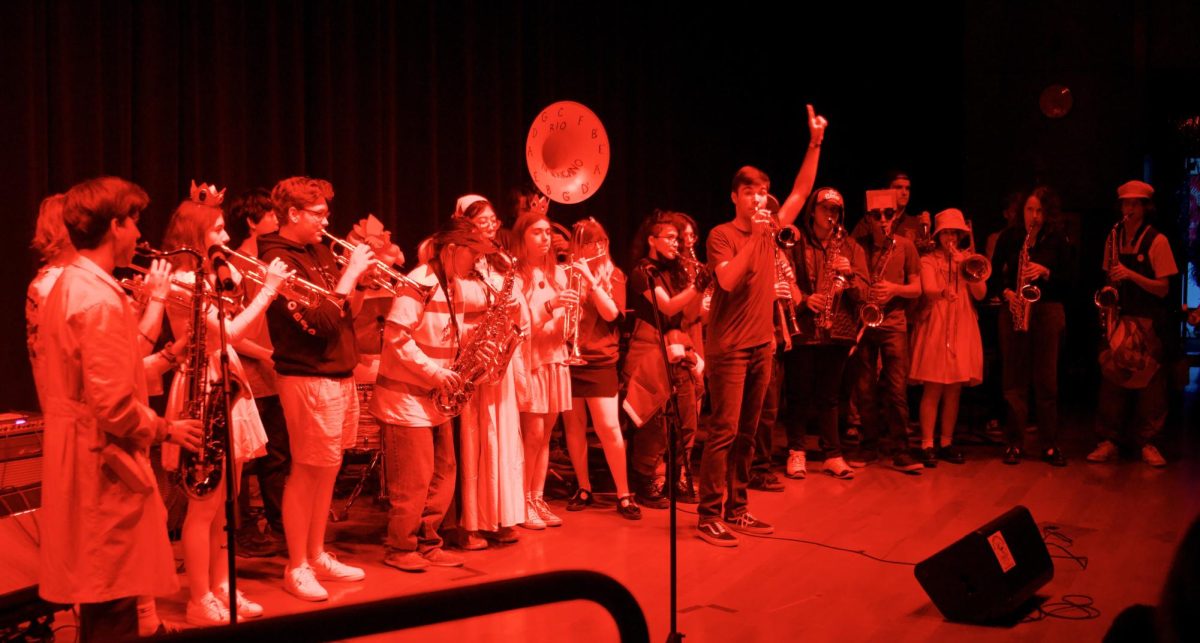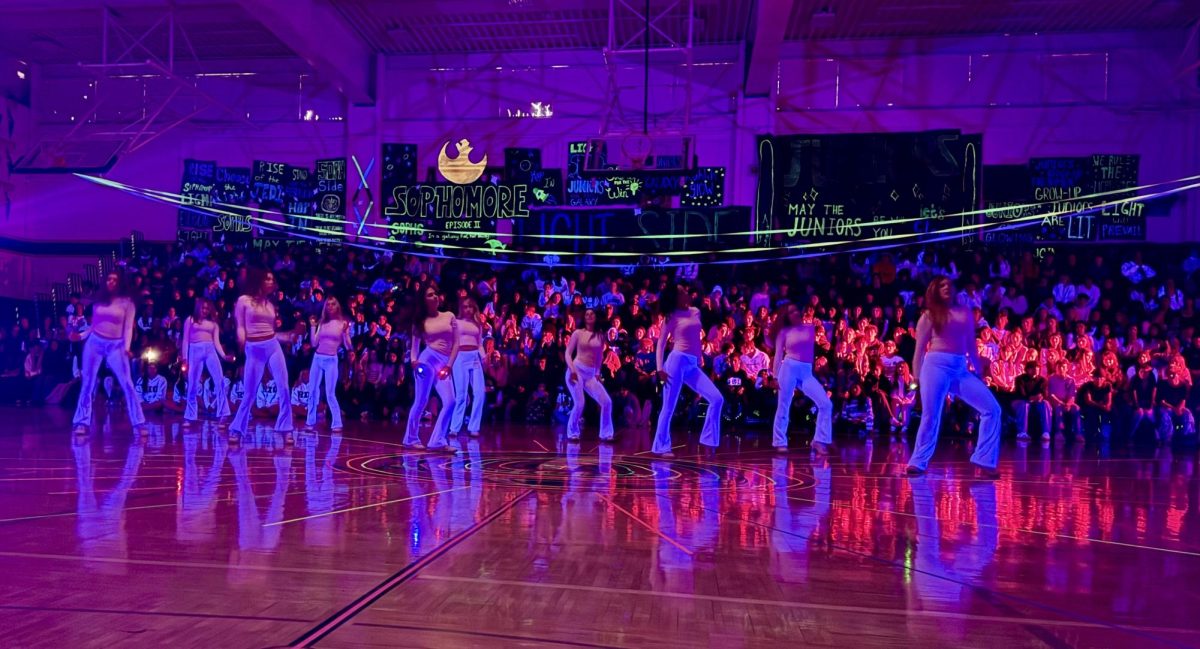Social Media Influencers
The internet has become the latest job in recent years with a growing number of social media influencers. They can be anyone—bloggers, YouTubers, fitness gurus or celebrities—but their main purpose is to engage their following and use their credibility to promote products.
Social media has become a powerful tool for marketing, with seemingly limitless ways to do it. According to Jelle Fastenau the consumer psychology writer for Crobox, paying social media influencers is an effective way to make revenue.
For every dollar spent on influencer marketing, marketers make $7.65. This turns social media into an idea marketing platform by allowing markets to save money on advertisement.
Using influencers or product ambassadors in the past year has become increasingly popular through platforms like Instagram. A consumer market infographic by Elizabeth Del Giudice and Jessica Bevilacqua of St. Joseph Communications outlines the importance of promoting products through Instagram.
94 percent of marketers who use this technique find it effective and can generate over 11 times more revenue than traditional marketing techniques.
Now, companies are seeking to invest in people to advertise their products and the rising industry of this job becomes apparent. More business are seeking social media influencers in hopes of expanding the industry growth to 20 billion dollars by 2020. Social media influencers are the new marketers.
If a “macro influencer” like a celebrity with more than 10 thousand followers were to have a 2.5 percent like rate, they can expect to make at least 250,000 per post. Conversely, someone with 1,000 to 10,000 followers (“micro influencer”) with a like rate of eight percent can earn a minimum of 180 dollars per post according to Social Media Today.
Primarily Instagram is used where 99 percent of social media influencers spend their time promoting product to the 77.6 million people who own the app.
The rise of influencers can be credited to the average person. Although celebrities earn the most per post, non celebrities make up most of the market. Charisma, passion and expertise draw more followers and consumers to learn about and buy the product. Essentially, social media influencers act as external salesman to further inform others about a special product.
Becoming a social media influencer has become easier than ever. Powered by IBM Watson, some companies are able to match people up with product depending on their personality.
Fortune 1000 brands are able to connect and with influencers by analyzing demographics, contextual and psychographic information to identify traits the person has with the specific product the company wants to sell.
Being an influencer is now recognized when applying to college. According to the National Association of College Admission Counseling, colleges encourage charismatic teens who are passionate about being an ambassador for something they really enjoy.
It even allows students to promote colleges by posting about their experiences and tagging them in posts. Colleges like UC Berkeley use influencers to help raise money or raise awareness about upcoming projects and reach out to potential candidates.
Most colleges have Instagram accounts showing that influencing isn’t just a job for people promoting their favorite products. It’s widely used to have colleges influence the interested applicant. Social media is changing the way people market products, themselves, or ideas.
The growth of high school students in marketing can be attributed to their want to add relevancy to the product they use. It allows a generation that uses social media instinctively to create a career for their generation.
Junior Lina Pawlak is an aspiring influencer with her own fashion line.
“I felt like creating clothes and putting together good photos to do something with my time,” said Pawlak. “I want to eventually send my clothes to higher influencers that have similar styles so they could possibly promote them to Instagram, YouTube and the website I’m putting together.”
More companies reach out to micro influencers as they are easily approachable and in some cases, more knowledgeable about the product because of their passion about the product and not the money.
Influencing is now the fourth most popular job among generation Z as most teens vlog, or have Instagram; influencing is the new normal. Teenagers are creating their own brands through social media influencing and expressing themselves and their ideas.
Another teen startup at Rio made“ by senior Tim Podgaetskiy and 23 year old Val Khramstov called “Flymingo” uses entrepreneurship to provide insight about their brand and the impact of influencing.
“We use social media platforms to lead by example and show people exactly what we are doing with our brand,” said Podgaetskiy.
Podgaestskiy considers himself an influencer, showing people how his brand inspires others through its posts. He believes inspiring will encourage his followers to pursue their interests as he did.
To many, influencing is not about the money, or the followers, but it’s about passion. It allows groups to come together and draw inspiration from clothing and following risk takers.
Many have taken advantage of the growth of social media influencers, and created businesses to
pursue their passion, and turn dreams into reality.
Endorsed by the 49ers defensive tackle Arik Armstead, a group of four boys (Andrew Nelson, Alex Nguyen, Adrian Gallena, Amadi Okugo and Mitchell Dixon) created 4AM and gained traction for their clothing brand.
“Basically we were just messing around printing this logo we designed with the help of Feezy,” said junior Amadi Okugo. “We decided amongst each other to start a clothing brand.”
With the help of their Instagram account (@4amtakeover) people are able to witness their enthusiasm about creating a business. To 4AM, influencing means gaining support and motivating people to achieve their goals.
“We hope that we can inspire groups of friends to come together and take on challenges together rather than being a sole individual versus the world,” said Okugo.








































